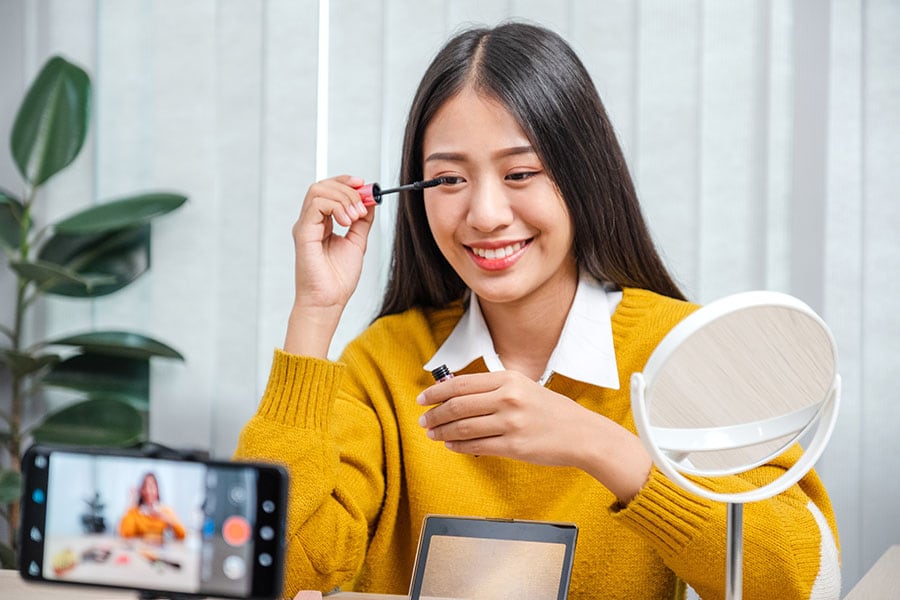
How paid promos take the shine off YouTube stars (and tips for better influencer marketing)
Influencers aspire to turn "likes" into dollars through brand sponsorships, but these deals can erode their reputations, says research by Shunyuan Zhang. Marketers should seek out authentic voices on YouTube, not necessarily those with the most followers
 When influencers get popular enough, companies often pay them to promote products to their followers, a relationship they are typically required to disclose to viewers.
Image: Shutterstock
When influencers get popular enough, companies often pay them to promote products to their followers, a relationship they are typically required to disclose to viewers.
Image: Shutterstock
YouTube influencers amass followers by filming everything from popping pimples to reviewing lipstick, with businesses watching closely for marketing opportunities. But audience loyalty only goes so far.
When YouTubers post too many paid promotional videos, their reputations start to suffer, as research by Harvard Business School Assistant Professor Shunyuan Zhang has discovered. Airing a sponsored video—versus original, unaffiliated content—costs an influencer 0.2 percent of their subscribers on average within three days following the sponsored post. A back-of-the-envelope calculation suggests that the effect translates to an average of $10,000 over an average six-year-career influencer.
Zhang and HBS doctoral student Magie Cheng detailed their findings in the newly updated working paper “Reputation Burning: Analyzing the Impact of Brand Sponsorship on Social Influencers.” They initiated the study because they were fascinated by the growing overlap between e-commerce and social media platforms, fueled by online celebrities who command outsized respect and trust from followers.
“One of the things that we’ve always heard about why social influencers are so effective—and why people, particularly young generations, are listening to social influencers—is that they believe social influencers are authentic,” Zhang explains.
It’s a burgeoning area for marketers, and one they’d be well served to understand better. When influencers get popular enough, companies often pay them to promote products to their followers, a relationship they are typically required to disclose to viewers. Roughly three quarters of brands dedicate some budget to influencer marketing.
This article was provided with permission from Harvard Business School Working Knowledge.







